Arkansas has become a hot destination for travelers seeking natural beauty, outdoor adventures, and small-town charm.
While tourism brings jobs and revenue, it also creates challenges that many visitors never see.
From rising housing costs to overcrowded trails, locals are experiencing significant changes to their daily lives that affect their ability to afford and enjoy the communities they’ve always called home.
1. Explosive Rise in Housing Costs
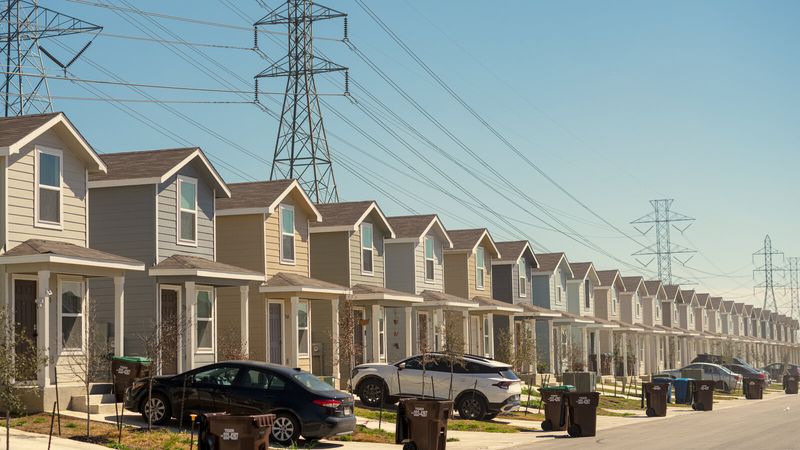
Home prices in Arkansas tourist towns have skyrocketed beyond what most local families can afford. Wealthy visitors and new residents moving to the state drive up demand, pushing property values higher and higher.
Long-time community members who work regular jobs find themselves priced out of neighborhoods where they grew up.
Service workers, teachers, and other essential employees struggle to buy homes in places like Bentonville and Fayetteville.
Their salaries haven’t increased at the same rate as housing prices. Many are forced to move further away from their jobs or leave Arkansas entirely, breaking apart communities that have existed for generations.
2. Short-Term Rental Saturation Takes Over Neighborhoods
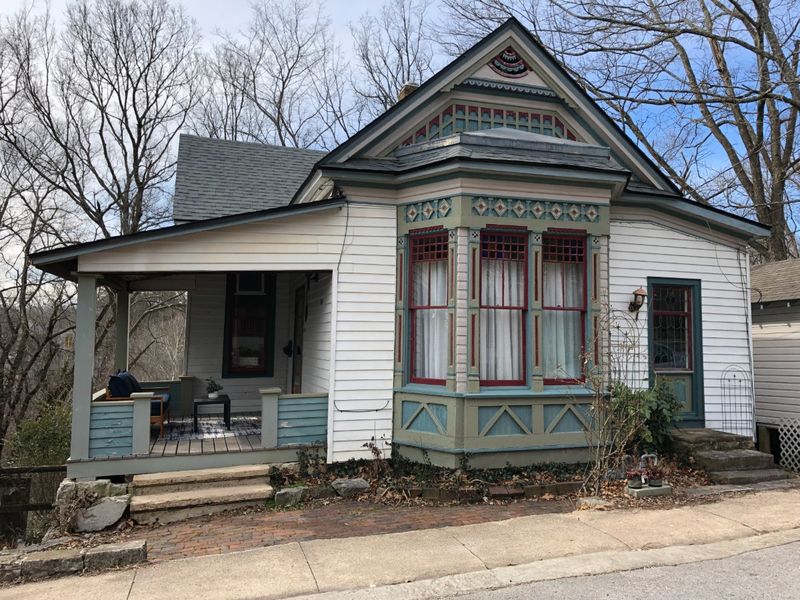
Walk through Hot Springs or downtown Fayetteville, and you’ll notice something strange: fewer neighbors waving from porches.
Entire blocks have transformed into Airbnb and Vrbo properties, converting homes into mini-hotels. Property owners make more money renting to tourists than to families needing year-round housing.
This trend shrinks the available rental market for locals dramatically. Families searching for apartments face slim pickings and inflated prices.
The sense of community fades when temporary visitors replace permanent residents. Neighborhoods that once hosted block parties and knew everyone’s names now feel like revolving doors for strangers passing through town.
3. Wages Can’t Keep Up With Living Costs
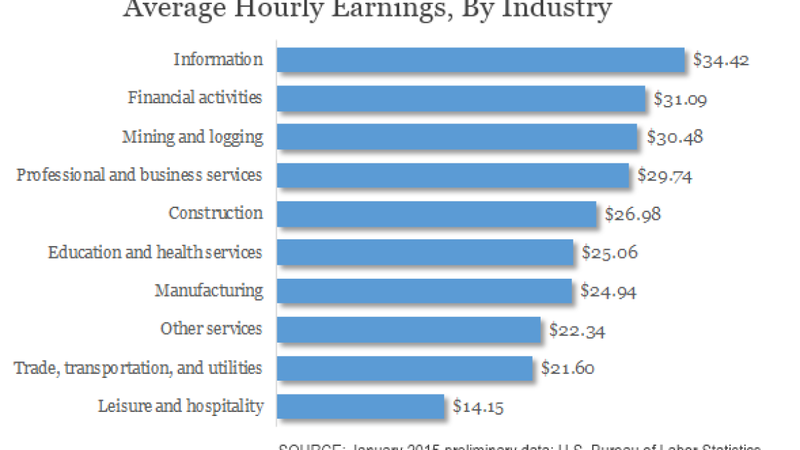
Restaurant servers, hotel housekeepers, and retail workers form the backbone of Arkansas’s tourism industry. Yet these same employees can barely afford rent in the towns where they work. A server at a trendy
Bentonville bistro might earn $12 per hour while studio apartments cost $1,200 monthly.
The math simply doesn’t work anymore. Workers take second jobs or commute from cheaper areas farther away, adding stress and expense to their lives.
Some talented employees leave the hospitality field entirely, seeking better-paying work elsewhere. Tourism creates jobs, but those jobs increasingly fail to support the people who fill them, creating a troubling cycle of economic inequality.
4. Traffic Jams Replace Peaceful Drives
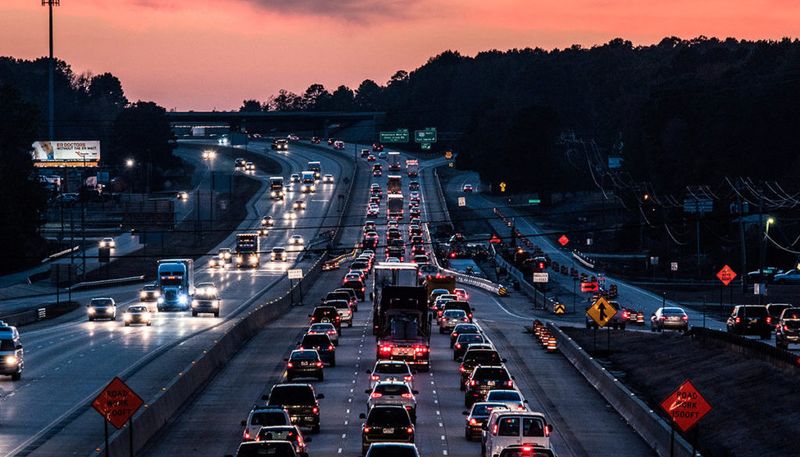
Remember when driving through Northwest Arkansas meant enjoying scenic roads without delays? Those days have vanished.
Routes leading to Crystal Bridges Museum, mountain biking trails, and downtown areas now experience bumper-to-bumper congestion, especially on weekends. Locals trying to run errands face unexpected delays.
Infrastructure built for small-town populations can’t handle the influx of visitors. Roads narrow and parking lots overflow. What used to be a quick ten-minute drive to the grocery store can take thirty minutes during peak tourist season.
Residents feel trapped in their own communities, frustrated by traffic that never existed before Arkansas became a must-visit destination.
5. Public Infrastructure Struggles Under Pressure
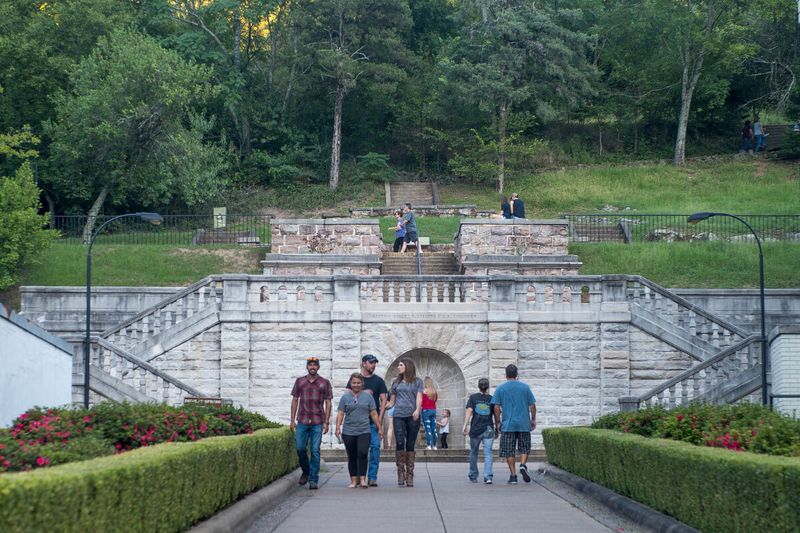
Small Arkansas towns never planned for thousands of extra people using their water, sewer, and waste systems. Tourist surges strain these services beyond their original capacity.
Treatment plants work overtime, and garbage collection routes become overwhelmed during busy seasons.
Residents sometimes experience water pressure drops or service delays because systems can’t keep up.
Tax dollars meant for gradual improvements get diverted to emergency upgrades instead. Local governments face tough choices between maintaining services for residents and accommodating visitor demands.
The infrastructure simply wasn’t designed for this level of use, creating problems that affect everyone’s daily comfort and quality of life in unexpected ways.
6. Beloved Trails Lose Their Peaceful Appeal
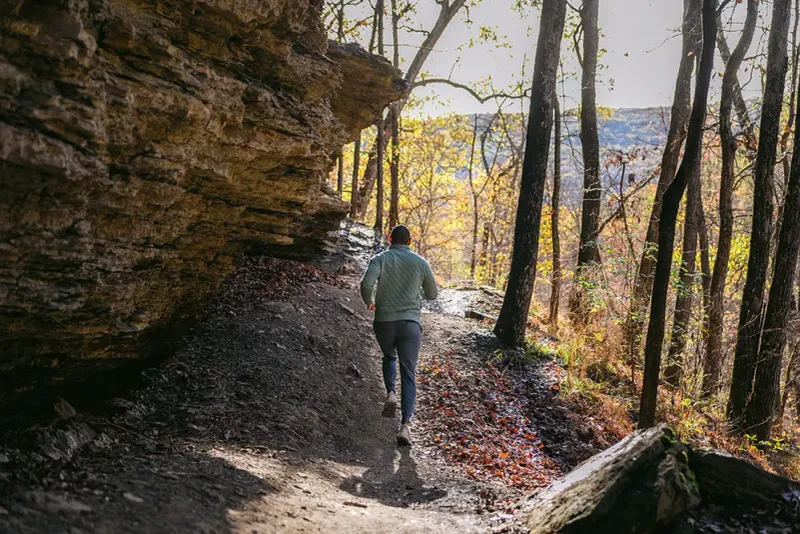
Arkansas markets itself as the Natural State, and that campaign worked too well. Hiking trails and state parks that locals once enjoyed in solitude now teem with crowds.
Finding a quiet spot to appreciate nature becomes nearly impossible on weekends. Parking lots fill by dawn, and trails feel more like theme park queues than wilderness escapes.
Residents who grew up exploring these spaces feel they’ve lost something precious. The tranquility that made Arkansas special disappears under the weight of popularity.
Locals adjust their schedules, visiting favorite spots at odd hours or abandoning them altogether, surrendering their natural heritage to an endless stream of visitors.
7. Small-Town Character Fades Away
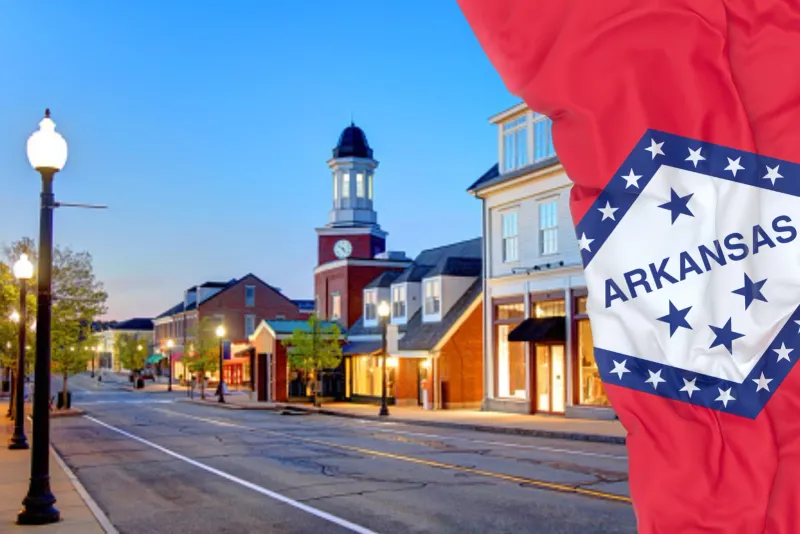
Historic downtown squares once filled with family-owned diners and hardware stores are transforming rapidly. High-end boutiques, chain restaurants, and upscale hotels replace the quirky local businesses that gave Arkansas towns their unique personality.
Developers prioritize what tourists want over what residents need.
The mom-and-pop shops where everyone knew your name close down, unable to compete with rising rents and changing demographics.
Communities lose their authentic character, becoming interchangeable tourist destinations that could exist anywhere. Long-time residents mourn the loss of gathering places and traditions.
What made these towns special, their genuine, unpretentious charm, gets sacrificed for tourist dollars and outside investment that rarely benefits local families.
8. Resentment Builds As Outsiders Profit
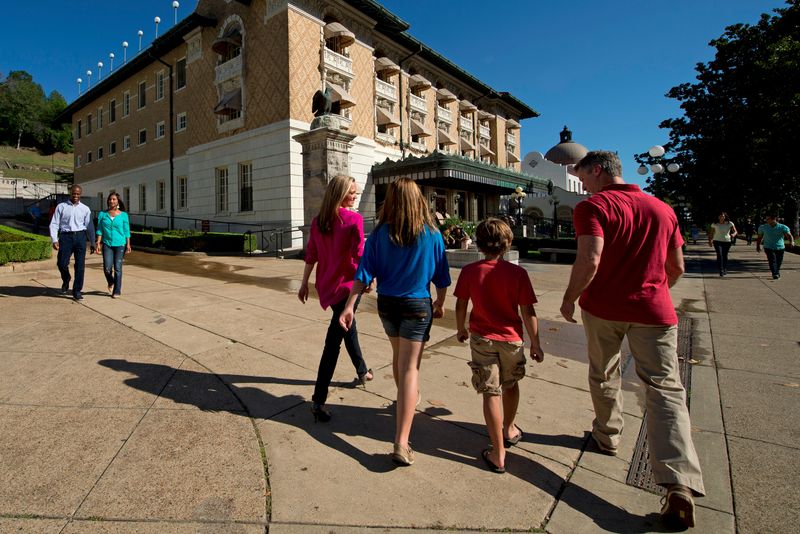
Tourism dollars flow into Arkansas, but locals rarely see the benefits. Large corporations and out-of-state investors own many hotels, restaurants, and attractions.
Profits leave the community rather than circulating among residents. Meanwhile, locals deal with crowds, noise, and higher costs without meaningful compensation.
This economic reality breeds frustration and resentment. Residents watch their quality of life decline while wealthy outsiders prosper from their home’s popularity. Community meetings grow tense as locals voice concerns that often go unheard.
The promise that tourism helps everyone rings hollow when families struggle to afford living in places their ancestors settled generations ago, creating divisions that threaten Arkansas’s traditionally welcoming spirit.
9. Water Resources Stretched to the Limit
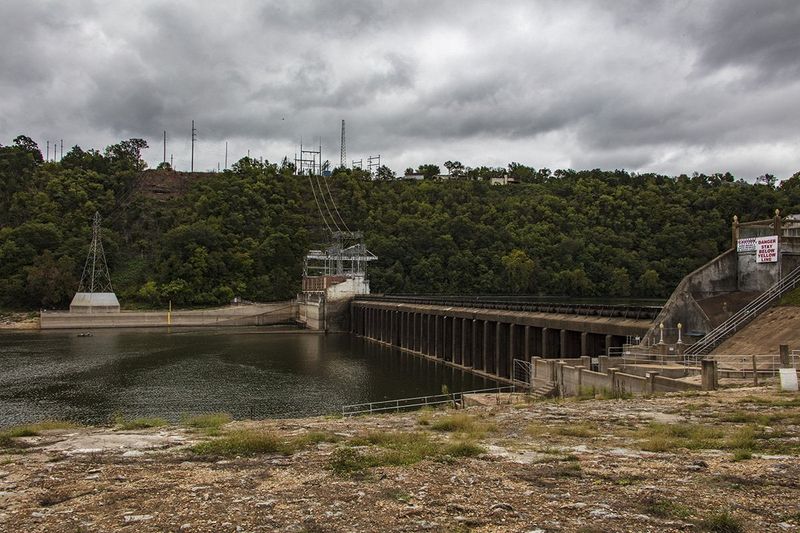
Tourism season brings thousands of visitors who need showers, clean dishes, and filled swimming pools. Arkansas communities, especially those near popular lakes and rivers, suddenly have to provide water for far more people than usual.
Many small towns struggle because their water systems were built for local populations, not massive tourist crowds.
During peak summer months, some residents notice lower water pressure or even temporary shortages. Wells can run dry faster, and treatment facilities work overtime to keep up with demand.
Local families sometimes face higher water bills to cover the infrastructure improvements needed to support tourism, even though they are not the ones causing the extra strain on resources.
10. Local Businesses Forced to Adapt or Close
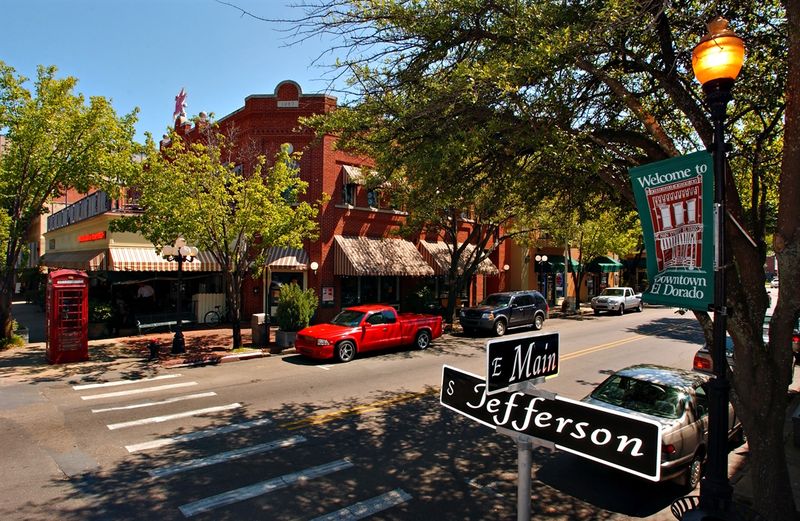
Family-owned shops that served locals for generations now face tough choices when tourism takes over. Hardware stores become souvenir shops, and diners transform into trendy cafes with higher prices.
Business owners feel pressure to cater to tourists who spend more money but only visit once, instead of serving neighbors who return year after year.
Some longtime businesses cannot afford rising commercial rent as landlords see opportunities to charge tourist-focused stores more. Others close voluntarily because owners retire and their children pursue different careers.
What remains often feels less authentic and more designed for Instagram photos than genuine community needs, leaving residents feeling like strangers in their own towns.
Dear Reader: This page may contain affiliate links which may earn a commission if you click through and make a purchase. Our independent journalism is not influenced by any advertiser or commercial initiative unless it is clearly marked as sponsored content. As travel products change, please be sure to reconfirm all details and stay up to date with current events to ensure a safe and successful trip.